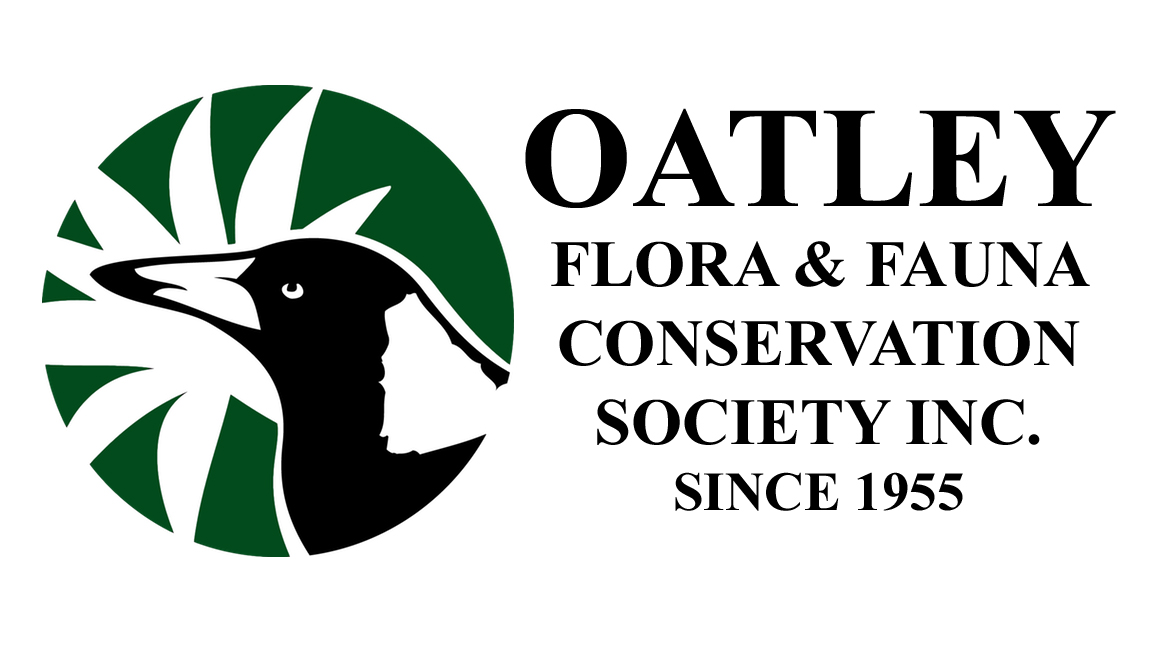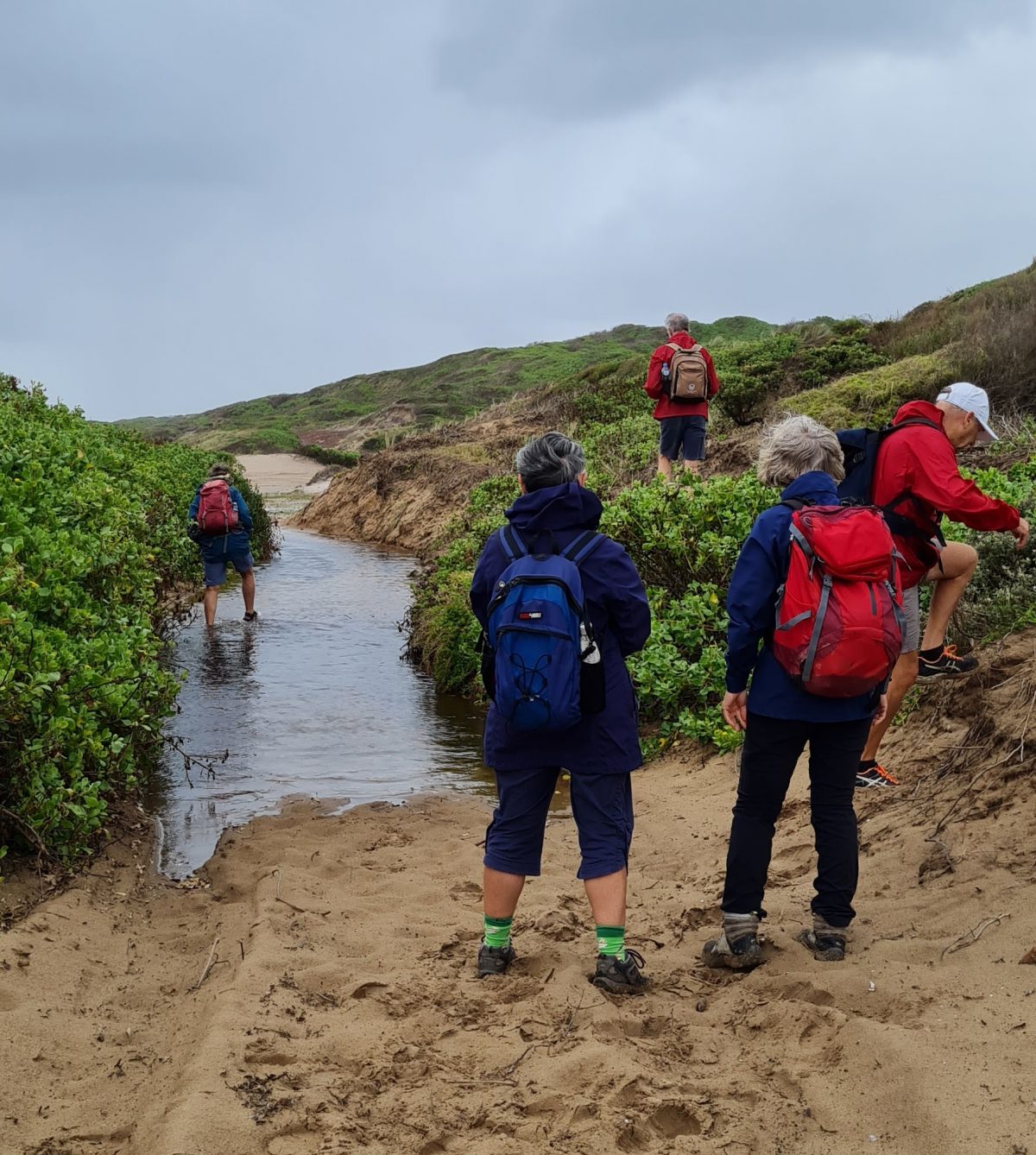Leader: Deb Andrew, 19 March 2022

OFF field excursion to Boat Harbour and Merries Reef was on Saturday 19th March 2022. Following a check of the BOM radar our leader Debbie Andrew thought the torrential rain would clear and seven intrepid shorebird watchers set off from Voodoo Point carpark in Kamay-Botany Bay National Park, clad in raincoats, on the walk south to Boat Harbour and Merries Reef. This is a renowned and important site for migratory and resident shorebirds where they roost at high tide and feed at low tide. The walk along the coast in the wild and stormy weather was invigorating and we thought we could have been in south-west Tasmania, but luckily the rain held off.




Skirting the crown lands recently granted to the La Perouse Local Aboriginal Land Council we viewed the enormous shell midden that represents thousands of years of Aboriginal occupation.

Arriving at Boat Harbour there were no people or vehicles to be seen and we had the area and the birds to ourselves. A quick scan with binoculars we found a large flock of Silver Gull, Crested Tern and Caspian Tern and then a juvenile brown Kelp Gull flew in, much larger than the other gulls and terns. After setting up the telescope we found the shorebirds bunkered down behind small boulders and in small hollows in the rock platform.

A soft too-weet, too-weet calls signalled the arrival of a flock of Pacific Golden Plover landing on the rock platform, some coming into their beautiful breeding plumage with their gold speckled feathers,counting 31 all up.

Ruddy Turnstone, Red-necked Stint and Pacific Golden Plover breed on the most northern areas of the Siberian and Alaskan coasts and most will be gone by April and early May. We also saw five threatened Sooty Oystercatchers, two Reef Heron, Pied, Little Pied and Black Cormorant which are resident.




Several Ruddy Turnstone (8) were seen, some foraging, others roosting and some coming into their rusty breeding plumage. A small group of tiny Red-necked Stint (8) were roosting, head tucked in, which may have been young birds which will overwinter, as the small number suggested the breeding adults have left, as over 100 Red-necked Stint can be present over summer.




On our return walk we found a beach-washed Wedge-tailed Shearwater, another ocean traveller that breeds on Lord Howe, Norfolk and Great Barrier Reef Islands, at risk from ingestion of plastic debris in ocean pollution. Incredibly we had only ten minutes of rain and suffered only from wet and muddied shoes, retiring to Bonna Point Picnic area at Kurnell for hot chips and a cuppa.

The rock platform and beaches of Merries Reef and Boat Harbour Crown Lands have some protection as Aquatic Reserve over the marine life of the water column but the substrate, rock platform and beaches and the shorebirds on them, are not included and have no formal protection and lie outside the Kamay Botany-Bay National Park. Unrestricted 4WD driving, dogs and uniformed public threaten the fitness and survival of shorebirds at Merries Reef, impacting on their ability to undertake successful migration to their Arctic breeding grounds. Report by Debbie Andrew, Walk leader
For more information on shorebirds read our post on a presentation by Debbie Andrew on shorebirds of Botany Bay and Port Hacking. Talk was hosted by Sutherland Environment Centre on 10 Dec 20.

Populations of many species of migratory shorebirds have undergone substantial decline over recent and extended periods of time. Halting this decline and reversing the current trend is without alternative if threatened species are to avoid extinction and continue to contribute as an integral component of our nation’s biodiversity to the functioning of Australia’s ecosystems. In order to achieve this, decision-makers and stakeholders around Australia need to be able to easily access information on the importance of sites for migratory shorebirds. Bird life website provides an important database of information

